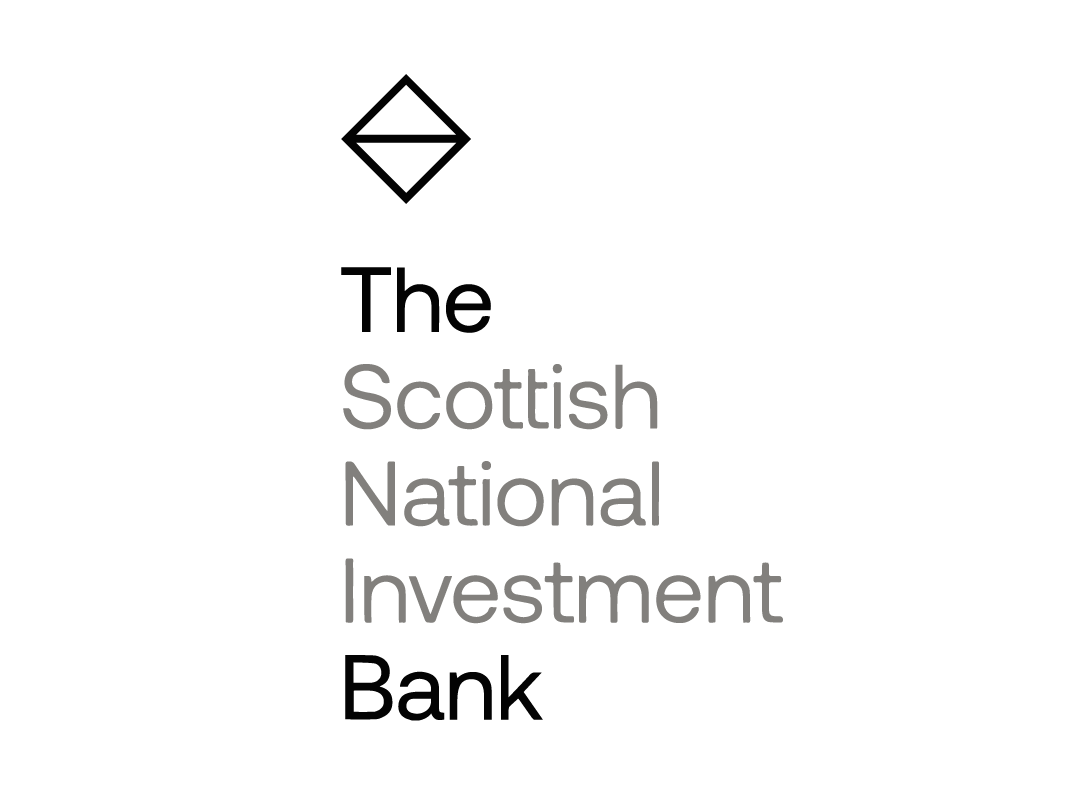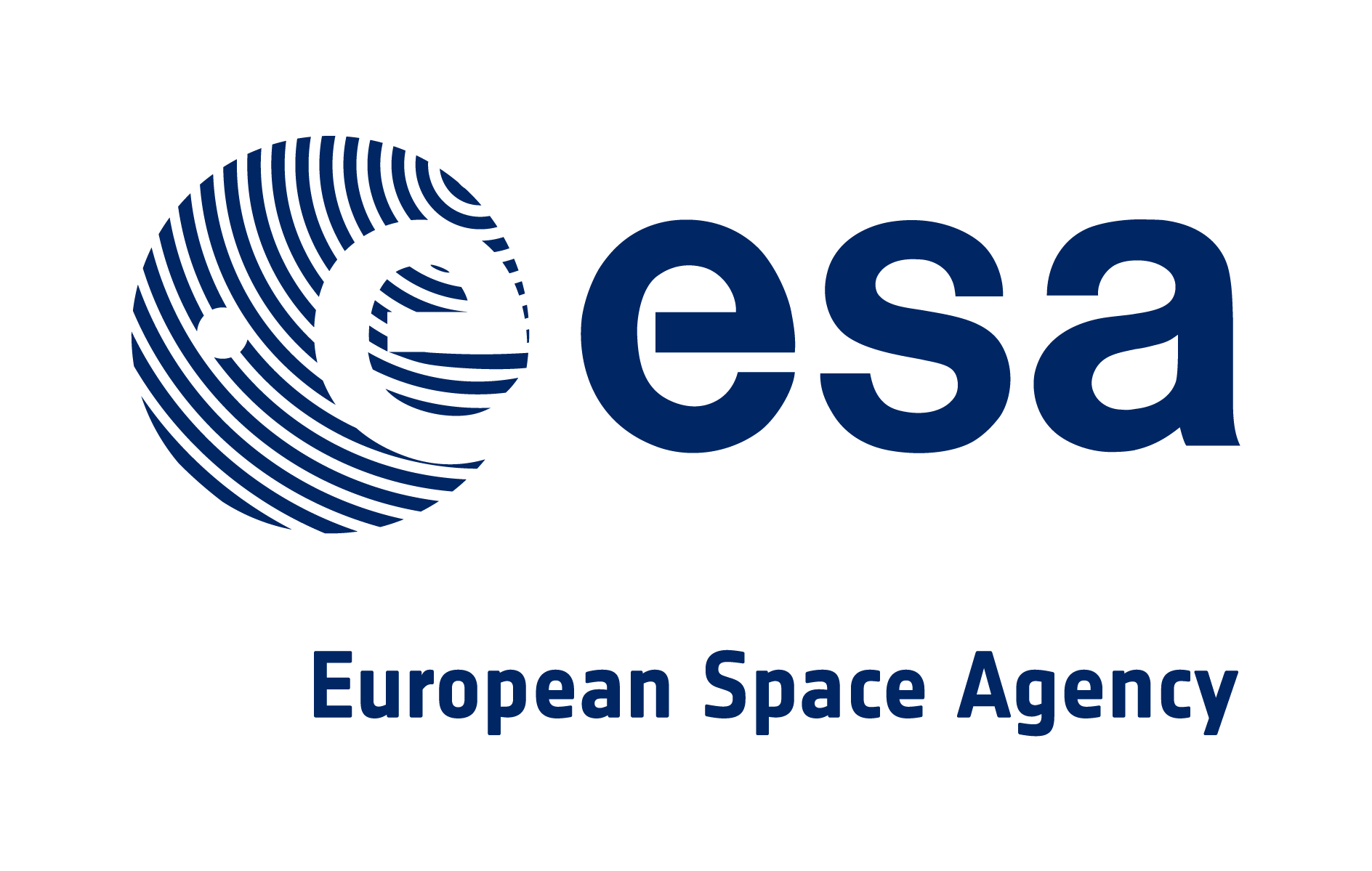Mitigating Risk in Aquaculture with Connected Seafarm

Businesses operating in harsh environments inherently face risks, and aquaculture is no exception. From salinity levels to water temperature, turbidity to wave height, numerous factors can impact the survivability, welfare, and growth of fish on a farm. Marine fish farming especially faces challenges, with the increasing impact of warming waters and extreme weather events like El Niño.
How Connected Seafarm Mitigates Risk in Aquaculture
Connected Seafarm mitigates these risks by offering unparalleled insights into the aquatic environment, empowering fish farmers with data for the most informed decision-making processes possible.
Unprecedented Environmental Insights:
Connected Seafarm enables producers to digitise their farms by deploying a suite of sensors for in-situ environmental monitoring. Leveraging resilient drop-in hybrid cellular and satellite connectivity, data is transferred via the cloud to an intuitive insights platform. This multi-backhaul approach maximizes resiliency, ensuring insights from any location on earth. Understanding conditions in previous data blackspots, including offshore areas, provides unprecedented insight into changes and helps identify potentially dangerous parameters for fish welfare, enabling timely preventative action.
Environmental events like harmful algal blooms (HABs) can significantly impact fish welfare and incur substantial costs for fish farmers. Connected Seafarm offers HAB detection capabilities using advanced sensors, reliable connectivity, and a powerful data insights platform to provide early alerts when environmental conditions change, signalling a potential bloom. Early knowledge of these events enables proactive measures, such as oxygenation of pens, mitigating the impact on fish welfare and financial losses.
Feed expenses represent a significant cost in aquaculture operations, and distributing the wrong amount to each pen can be a risk for fish welfare. Connected Seafarm addresses this challenge with a remote feeding solution that communicates low-latency video and feed controls via satellite – even when a site is inaccessible due to extreme weather conditions. This service not only has the potential to save millions for the aquaculture industry but also enhances fish welfare and reduces waste. Utilising video alongside in-situ data provides additional insights for farmers, optimising feeding schedules and quantities, and minimising costs while ensuring fish receive optimal nutrition.
Feed barges often operate in areas with patchy or non-existent connectivity. Krucial's Connected Seafarm solution changes this, meaning wireless, remote monitoring of a feed barge is now possible. Those managing barges can now get alerts where before it wouldn't have been possible. Bilge pump water levels can be monitored continuously and remotely. If a latch has been left open or a door not shut properly – which could lead to flooding – a text or email can be triggered to inform an operator. Even generator and feed silo levels can be monitored at all times so operators know when refuelling and refilling is required, mitigating the risk of downtime – and the associated costs.
By mitigating risks associated with environmental conditions, harmful algal blooms, and feed costs on remote sites, Connected Seafarm supports aquaculture producers in maximizing their business potential despite economic barriers to growth. As aquaculture works to meet the demands of a growing global population amid a changing climate, understanding and managing environmental conditions will be critical for risk mitigation now and in the future.
Share this article
To find out more about how Krucial Connected Seafarm can mitigate risks in aquaculture, contact us.
Recent Posts
Archives
- May 2023 (8)
- June 2023 (8)
- July 2023 (6)
- August 2023 (6)
- March 2023 (5)
- September 2023 (5)
- September 2024 (5)
- October 2024 (5)
- November 2024 (5)
- October 2022 (4)
- November 2022 (4)
- February 2024 (4)
- May 2022 (3)
- July 2022 (3)
- August 2022 (3)
- September 2022 (3)
- February 2023 (3)
- October 2023 (3)
- November 2023 (3)
- March 2024 (3)
- April 2024 (3)
- May 2024 (3)
- August 2024 (3)
- January 2025 (3)
- February 2025 (3)
- May 2021 (2)
- July 2021 (2)
- October 2021 (2)
- February 2022 (2)
- March 2022 (2)
- June 2022 (2)
- December 2023 (2)
- December 2024 (2)
- June 2019 (1)
- March 2020 (1)
- July 2020 (1)
- September 2020 (1)
- October 2020 (1)
- March 2021 (1)
- June 2021 (1)
- September 2021 (1)
- December 2022 (1)
- January 2023 (1)
- April 2023 (1)
- January 2024 (1)
- July 2024 (1)
Proud to be supported by








